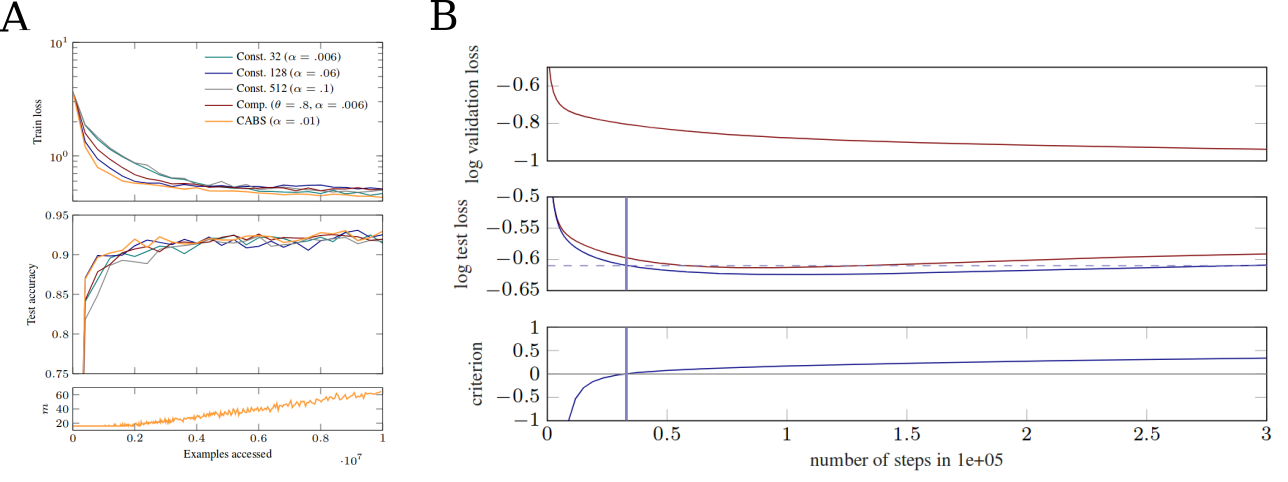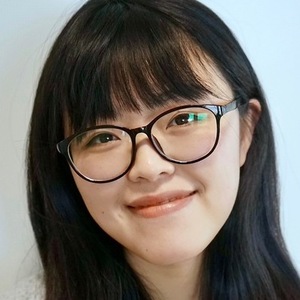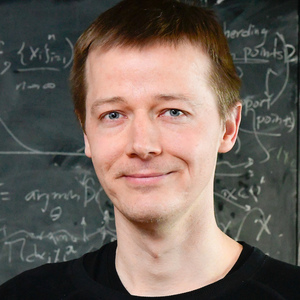Human Pose, Shape and Action
3D Pose from Images
2D Pose from Images
Beyond Motion Capture
Action and Behavior
Body Perception
Body Applications
Pose and Motion Priors
Clothing Models (2011-2015)
Reflectance Filtering
Learning on Manifolds
Markerless Animal Motion Capture
Multi-Camera Capture
2D Pose from Optical Flow
Body Perception
Neural Prosthetics and Decoding
Part-based Body Models
Intrinsic Depth
Lie Bodies
Layers, Time and Segmentation
Understanding Action Recognition (JHMDB)
Intrinsic Video
Intrinsic Images
Action Recognition with Tracking
Neural Control of Grasping
Flowing Puppets
Faces
Deformable Structures
Model-based Anthropometry
Modeling 3D Human Breathing
Optical flow in the LGN
FlowCap
Smooth Loops from Unconstrained Video
PCA Flow
Efficient and Scalable Inference
Motion Blur in Layers
Facade Segmentation
Smooth Metric Learning
Robust PCA
3D Recognition
Object Detection
Efficient and Scalable Inference

Machine Learning is an important tool for Computer Vision. After the success of Deep Neural Networks(DNN)s in image classification tasks, many other tasks were solved using DNNs. However, working with deep learning, researchers are confronted with many problems related to implementation, hyper-parameter selection, training time, training data and computation time that seek to be solved.
Writing code for a deep learning project is often very time consuming.. Even though, Caffe has many disadvantages in comparison to other frameworks, many works are still written using Caffe. For example it's missing a full Python interface and relies heavily on configuration files. To address these issues we developed Barrista [], a wrapper for Caffe, that offers full pythonic control over Caffe.
Another difficulty that researchers working on deep learning have to face is the large amount of training data needed. This problem becomes even more serious, because a validation and test set is needed to avoid over-fitting. In new work, we show an alternative to a validation set for early stopping. The criterion depends on fast-to-compute local statistics of the gradients. By these means it is possible to decrease the problem of small training sets [].
Training neural networks comes with many hyper-parameters that must be chosen, which is often a time consuming process. Mini-batch stochastic gradient descent and variants thereof are the standard for training neural networks. The batch size is commonly chosen based on empirical inspection and practical reasons. However, the batech size determines the variance of gradient estimates and therefore influences strongly the behavior of the optimization process. Further, the variance changes during optimization. Because of these reasons we propose a dynamic batch size adaptation in []. It leads to faster convergence and simplifies the learning rate tuning.
Many Computer Vision problems can be formulated as a graph partitioning and node labeling task. But the resulting problem, known as minimum cost node labeling multicut problem, is proven to be NP-hard. In order to get a reasonably fast Computer Vision algorithm heuristics are needed to solve minimum cost node labeling multicut problems. In [] we propose two local search algorithms that converge to a local optimum. Both of which achieve state-of-the-art accuracy achieved for the tasks mentioned above. The general formulation enables the usage of this method by researchers for many different tasks.
Members
Publications








